The GNU/Linux community is blessed with 100+ distributions and we do our best to cover only the best of them on FossMint so if you haven’t checked out titles like the Best Linux Distros for Laptops in 2019, 5 Operating Systems for the IoT, and the Top 10 GNU/Linux Distros for Privacy & Security then you probably should.
Today, our attention is Linux distros that are perfect for running from USB sticks (and potentially other portable external storage devices) which means that we’ll be concentrating on portable Operating Systems.
These are Operating Systems that are designed to be minimalist in their resource requirements i.e. they can run on hardware with little secondary storage space and/or little RAM.
Portable Operating Systems also typically come in small enough sizes to fit on USB drives and CDs without losing the quality of their performance even when running on old machines. With that being said, here’s my list of the best portable Linux distributions.
1. MX Linux
MX Linux is an open-source antiX and MEPIS-based Linux distro designed to work efficiently on both old and modern PCs. It is easy to configure and has been developed to be simple enough for Linux beginners to easily get up and running with it.
MX Linux is powerful and sure to run nicely on your USB stick plus its online community is 100% welcoming of new users and developers.
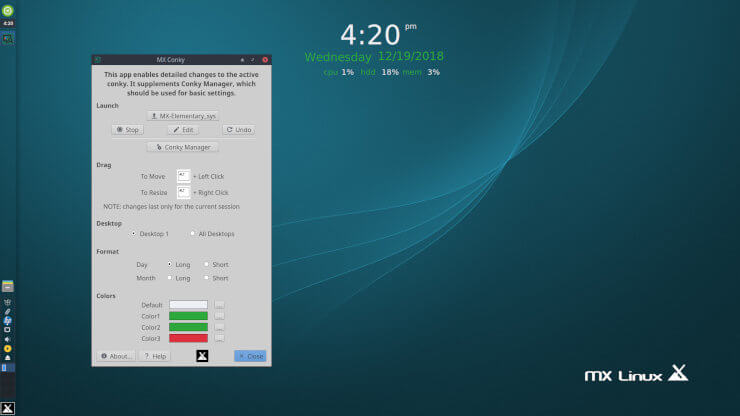
2. Puppy Linux
Puppy Linux is a collection of completely customizable lightweight portable Linux distributions developed with a focus on memory friendliness and ease of use. It ships with common tools for daily computing, a “grandpa”-navigable UI, and several flavors to meet the individual requirements of potential users.
Puppy leaves such a small memory footprint that it can run entirely on RAM and it even enables you to save your session data separately.
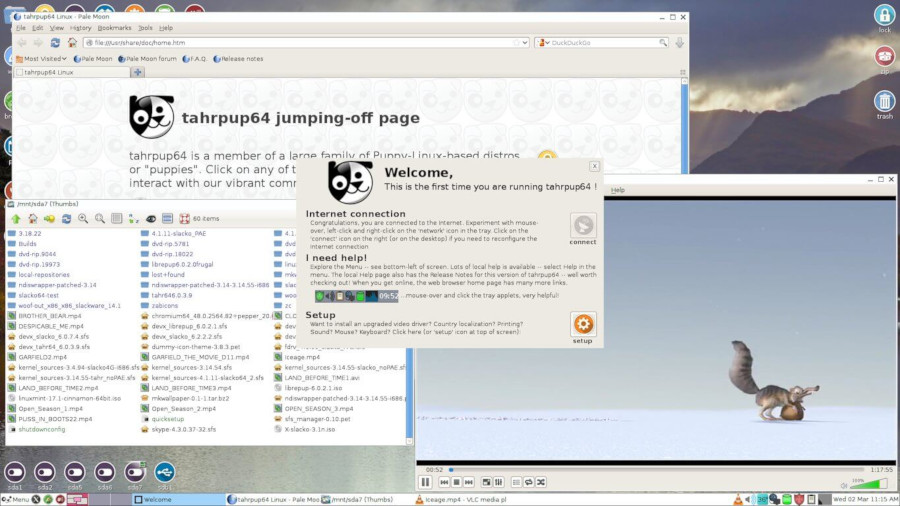
3. Peppermint OS
Peppermint OS is a fast, fully customizable lightweight Lubuntu-based OS designed to integrate with web-based applications and cloud services.
It combines the functionality of Xfce’s panel and application menu with LXDE’s lxsession to offer users a fancy desktop environment and ships with the tools that users typically need in their workstation such as the Software Manager and the terminal.
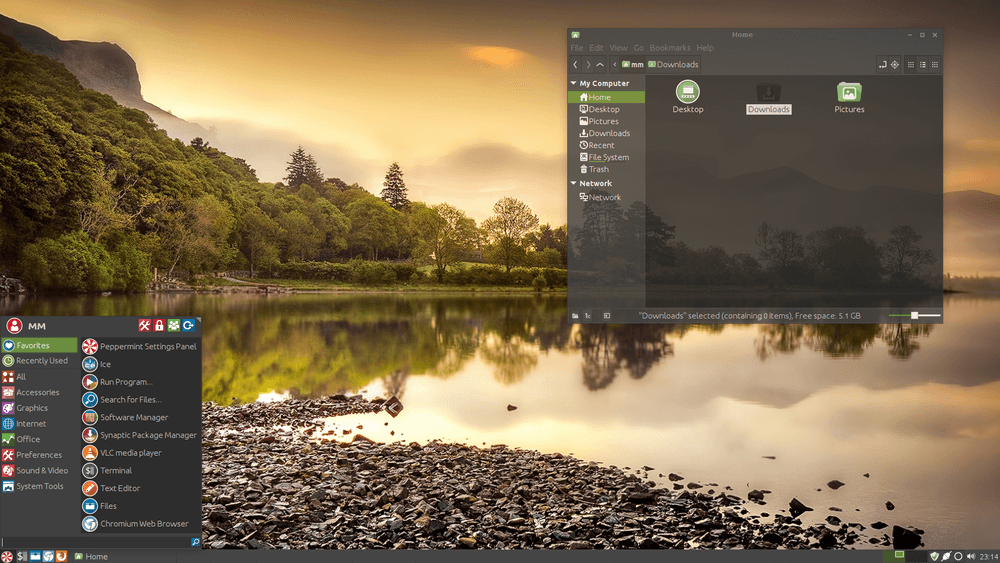
4. Ubuntu GamePack
Ubuntu GamePack is an Ubuntu-based distro created to provide Linux users with 28,000+ games and applications that typically run on only Windows and MS-DOS.
It ships with preinstalled delivery systems for Internet games and apps including Lutris, Steam, Wine, and PlayOnLinux and conveniently allows users to keep copies of their game configuration and progress on multiple drives.
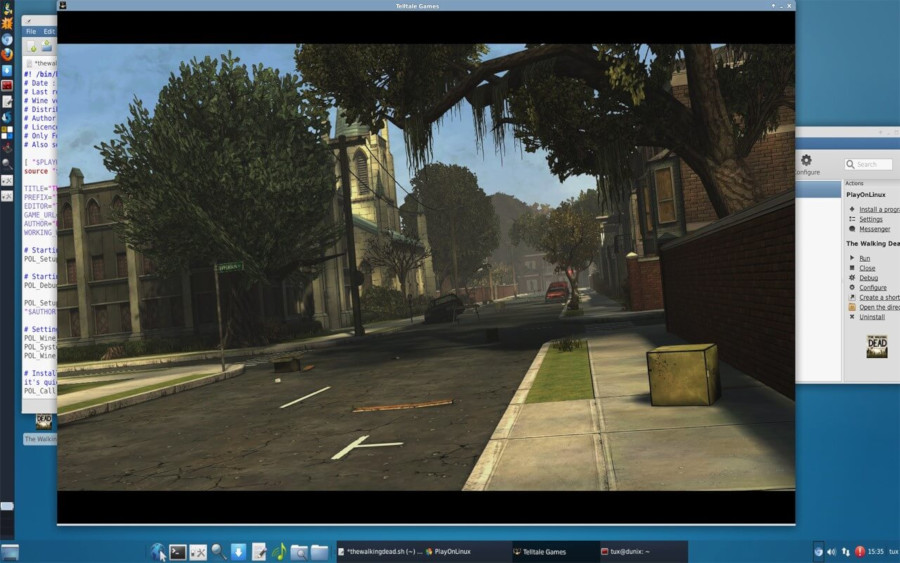
5. Kali Linux
Kali Linux is a Debian-based distro developed especially for penetration testing and digital forensics. It comes with 300+ premier tools built by an elite team of security experts and it is designed to be able to run on a flash drive in order to facilitate an unhindered workflow irrespective of place.
If you’re into cybersecurity/forensics you should check out our article on the Best 20 Hacking and Penetration Tools for Kali Linux.
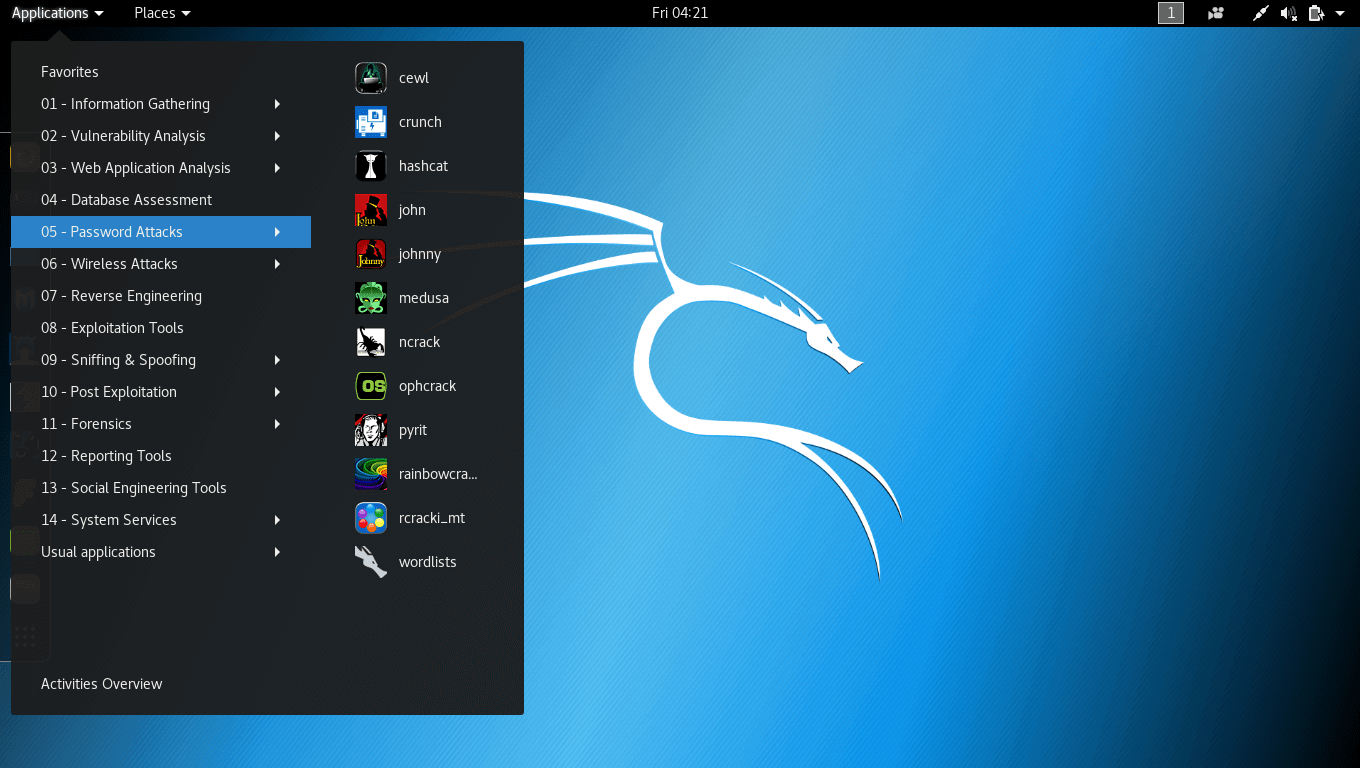
6. Slax
Hailed as a Pocket Operating System, Slax is an open source Debian-based LiveCD distro with a modular installer that enables users to choose the apps they want to be installed on their machine.
In total, Slax is about 210MB and requires just about 256MB RAM to run. It works excellently even on old machines as it is available for both 32 and 64-bit architectures.
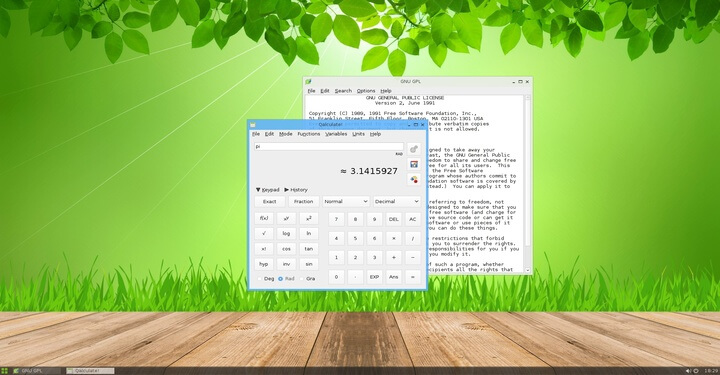
7. Porteus
Porteus is a full Linux Operating System optimized to be run from USB flash drives, CDs, or any bootable storage media including hard drives.
Being a little under 300MB, it is among the smallest and yet fastest distros on our planet as, among other features, it boots into the LXDE desktop in under 15 seconds! It implements a modular system which is available for 32 and 64-bit architectures with support for several world languages and a large user community.
8. Knoppix
Knoppix is a Debian-based Operating System designed for running directly from a USB drive and/or CD/DVD thereby successfully placing a Live Linux Filesystem on CD.
Knoppix was first released 18 years ago as one of the first LiveCD distributions and has been in active development ever since and giving rise to similar initiatives such as DSL.
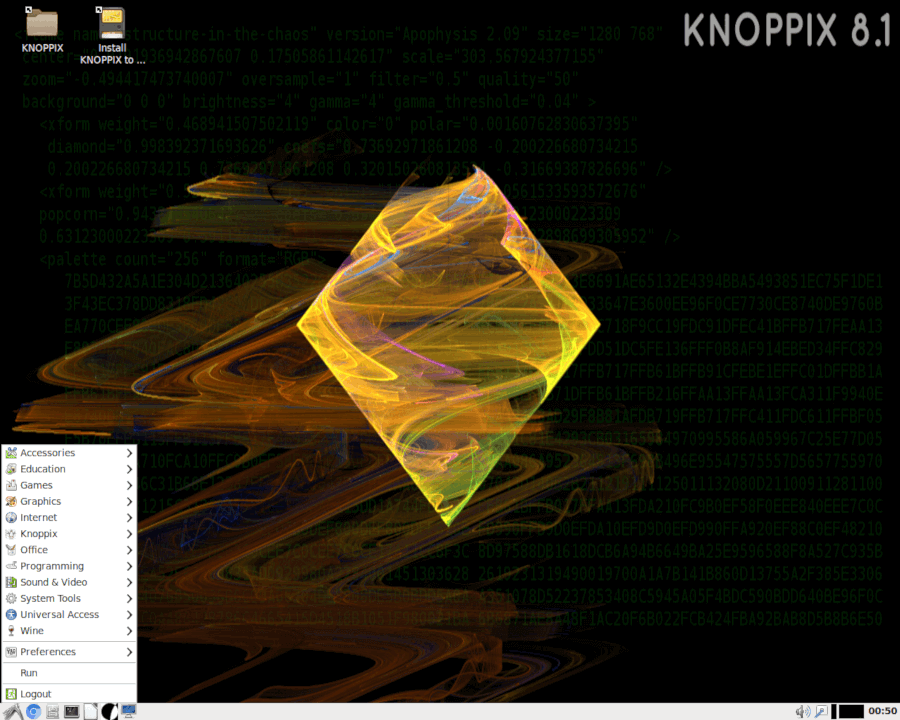
9. Tiny Core Linux
Tiny Core Linux is a mini Linux Operating System developed by Robert Shingledecker to provide a base system using FLTK and BusyBox and it stands out for its small size and minimalist approach to applications manager, among other features.
The goal of the Tiny Core Linux project is to create an OS capable of booting from a CD ROM, pen drive, or booting frugally from a hard drive while completing operations speedily. It runs directly from RAM and can have its modules extended using extensions installed in the RAM or mounted from a storage device.
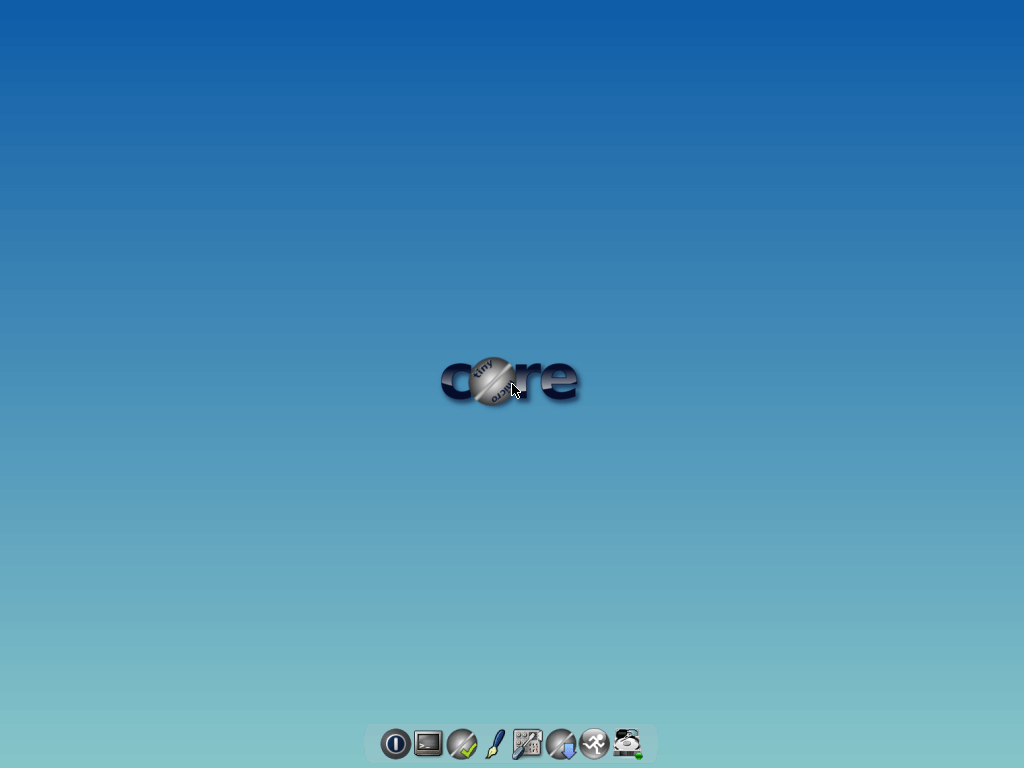
10. SliTaz
SliTaz is a secure and high-performance GNU/Linux Operating System designed to be fast, simple to use, and completely customizable. Its name stands for Simple, Light, Incredible, Temporary Autonomous Zone and with a total core LiveCD size of 35 – 50MB.
SliTaz is possibly the smallest distribution with a desktop GUI on the planet. It is so customizable that you can change anything you want including adding Desktop Effects, persistence (the characteristic of a state that outlives its parent process), etc.
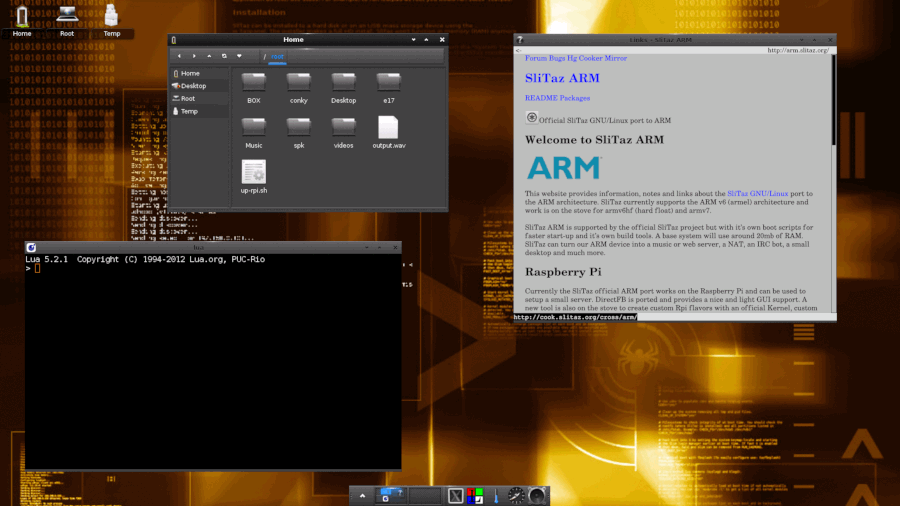
Did I mention your favorite portable Linux distro? Feel free to add your suggestions and share your experience with us in the comments section below. And don’t forget to support us by subscribing to FossMint’s newsletter and sharing our articles.

I have a USB 2 16GB stick and I want a Linux that will run on RAM to prevent unresponding system . Is there any ?
I think it might be a little too late, but Linux Puppy loads everything fully into RAM, some versions of it straightforward ask you if you want to remove the flashdrive while the system is running, but I don’t remember which puppy version it was. maybe it was LxPup or maybe a DebianDog. sorry I dont remember exactly.
I still have these flash drives at home lying around. I tried Puppy Linux before and I had trouble trying to save my data so it started from beginning every single time. I tried major versions of Puppy none of them fixed this problem for me. Thanks for the reply btw.
Oh but puppy makes it soo easy to create persistent file or folder to save yr changes! It just asks you to create a file! (you even do not have to create a seperate partition for it) If you would asked me I could probably help you with it 🙂
Whichever of them is no systemd , anyone please tell us?
Hey, thanks for the article!
And hey, if at the time you’re seeing this post you’re in doubt about the Linux you’re reading about,
you can always check it against distrowatch
and also look for it on Reddit, which will tell a lot about the Linux distribution you’re into.
Good luck! So many choices, so many features, so many manuals…so little time. choose wisely.
There is a mixed bag of distros here, each with its own purposes. As most Linux users know, running an OS image on a stick is not the same as installing to a drive. There are numerous “live” images including the popular Peppermint OS mentioned in the article. Debian based images, like Peppermint, can be enhanced by adding a “persistent” live partition with a storage capacity of up to 4GB. This is nearly a necessity if you want the stick to remember anything,
For this reason MX Linux should be the default choice. The “live” image of MX Linux is not persistent, but the distro does have a utility to make a real “live USB” stick, and the stick can be made using the live image. The entire stick is now available without the 4GB limitation. The default XFCE desktop is easily customized if you want to make it more attractive.
… Thank you for your commentary.
DSL should probably be removed. Been discontinued for years, I think. Did you boot these? I’d like to get my hands on an iso if you have a good link.